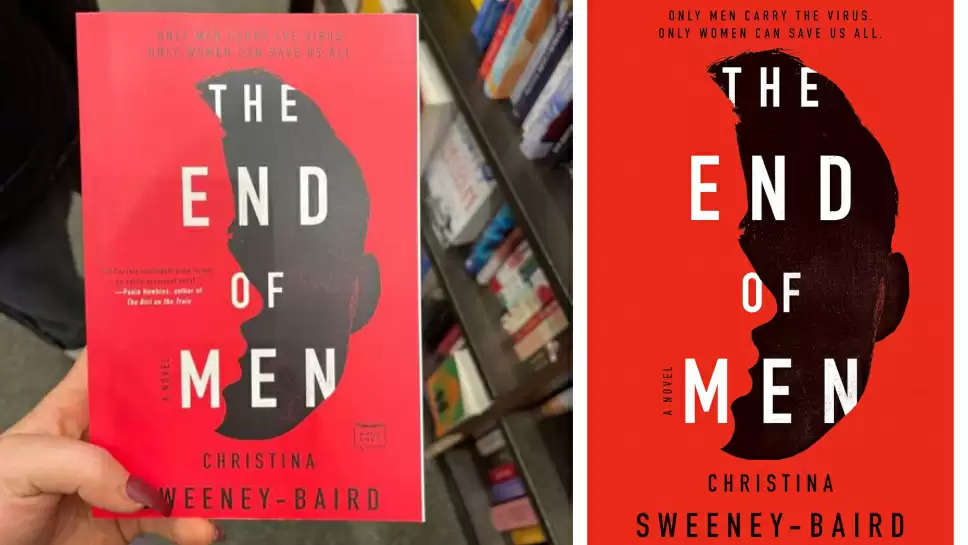7 Profound Lessons from The End of Men by Christina Sweeney-Baird

Christina Sweeney-Baird’s The End of Men offers readers a thought-provoking exploration of societal structures, gender dynamics, and the enduring resilience of humanity in the face of crisis. Set in a world where a deadly virus wipes out the majority of the male population, the novel presents a profound commentary on gender roles, loss, identity, and the ways in which communities can evolve. Here are seven key lessons drawn from the book that invite readers to reflect on our current world and the potential for transformation in times of upheaval.
1. The Fragility of Gender Norms
At its core, The End of Men challenges the notion that traditional gender roles are fixed and immutable. The novel demonstrates how quickly societal norms can shift in response to crisis. When the pandemic devastates the male population, the roles that men have historically occupied—whether in the workplace, in politics, or in family life—are suddenly vacant, leaving space for women to step into positions of power and responsibility. This shift disrupts long-held perceptions of masculinity and femininity, forcing readers to question the assumptions they may hold about the inherent nature of gender roles. The pandemic in the story serves as a mirror to real-world shifts in gender expectations, revealing that these norms are not as entrenched as they may seem.
2. Empowerment of Women
With the disappearance of men, women are thrust into leadership roles and positions of power, and the novel showcases their ability to rise to the occasion. The narrative highlights the strength, resilience, and capability of women when given the opportunity to lead. This empowerment is not simply a matter of circumstance; it is a reflection of the inherent potential that has always existed in women, which societal structures may have historically suppressed. In a world where the traditional power structures are dismantled, women are given the space to thrive and show that leadership, compassion, and intelligence are not confined to any particular gender.
3. The Impact of Loss
A central theme of The End of Men is the profound emotional and psychological toll of losing a significant portion of the male population. The book delves deeply into the collective grief and mourning experienced by communities, as well as the personal trauma suffered by individuals. This loss is not only physical but emotional, affecting how people relate to each other and how they process the meaning of life and relationships. In times of crisis, we are reminded of the fragility of life and the importance of human connection. The grief experienced in the novel serves as a poignant reminder that loss—whether of life, identity, or normalcy—can catalyze profound reflection on what truly matters.
4. Reimagining Society
As the world grapples with a drastically altered demographic landscape, the novel prompts readers to reimagine what society could look like when stripped of its previous structures. The crisis offers a unique opportunity to reflect on systems of power, inequality, and governance, questioning whether more equitable and inclusive structures could emerge. Sweeney-Baird challenges the status quo by presenting a world where traditional hierarchies are dismantled, and new ways of organizing society come to the forefront. This reimagining of society, while born out of crisis, offers hope for the possibility of positive change, even in the face of adversity.
5. The Importance of Community
Throughout the novel, Sweeney-Baird emphasizes the critical role that community and collaboration play in survival during times of crisis. As the pandemic ravages the population, people are forced to rely on each other for support, both emotionally and practically. The strength of human connection becomes evident as individuals band together to navigate the challenges of a world without men. This sense of solidarity and shared experience underscores the idea that we are stronger together than we are apart. It is in the context of community that the best aspects of humanity—compassion, cooperation, and resilience—are revealed.
6. Exploration of Identity
In a world radically changed by the absence of men, characters in the novel grapple with their own sense of identity and their place within this transformed society. The crisis forces them to confront fundamental questions about who they are and what roles they play in a world that no longer looks like the one they knew. This exploration of self, set against the backdrop of societal upheaval, serves as a powerful metaphor for the ways in which individuals must navigate their identities in times of personal and collective change. It prompts readers to reflect on their own identities and the societal roles they occupy, encouraging self-examination in the face of uncertainty.
7. Hope and Resilience
Despite the bleak circumstances, The End of Men ultimately conveys a message of hope and resilience. While the world is left reeling from the consequences of the pandemic, the novel suggests that humanity’s ability to adapt, grow, and find new ways to thrive remains intact. Even in the face of profound loss and devastation, individuals and communities continue to find ways to persevere. This message is a testament to the strength of the human spirit and the capacity for renewal and growth, even in the darkest times.
In conclusion, The End of Men offers a rich and thought-provoking exploration of gender dynamics, societal change, and the power of community and resilience. Through its portrayal of a world turned upside down by crisis, the novel invites readers to reflect on the fragility of gender norms, the importance of solidarity, and the possibility of transformation in the face of adversity. These lessons, both timely and timeless, resonate with the challenges and opportunities of our own world.
--
-- Thanks For Reading --
You Might Also Like: 7 Key Lessons from Sell with a Story by Paul Smith for Effective Sales
